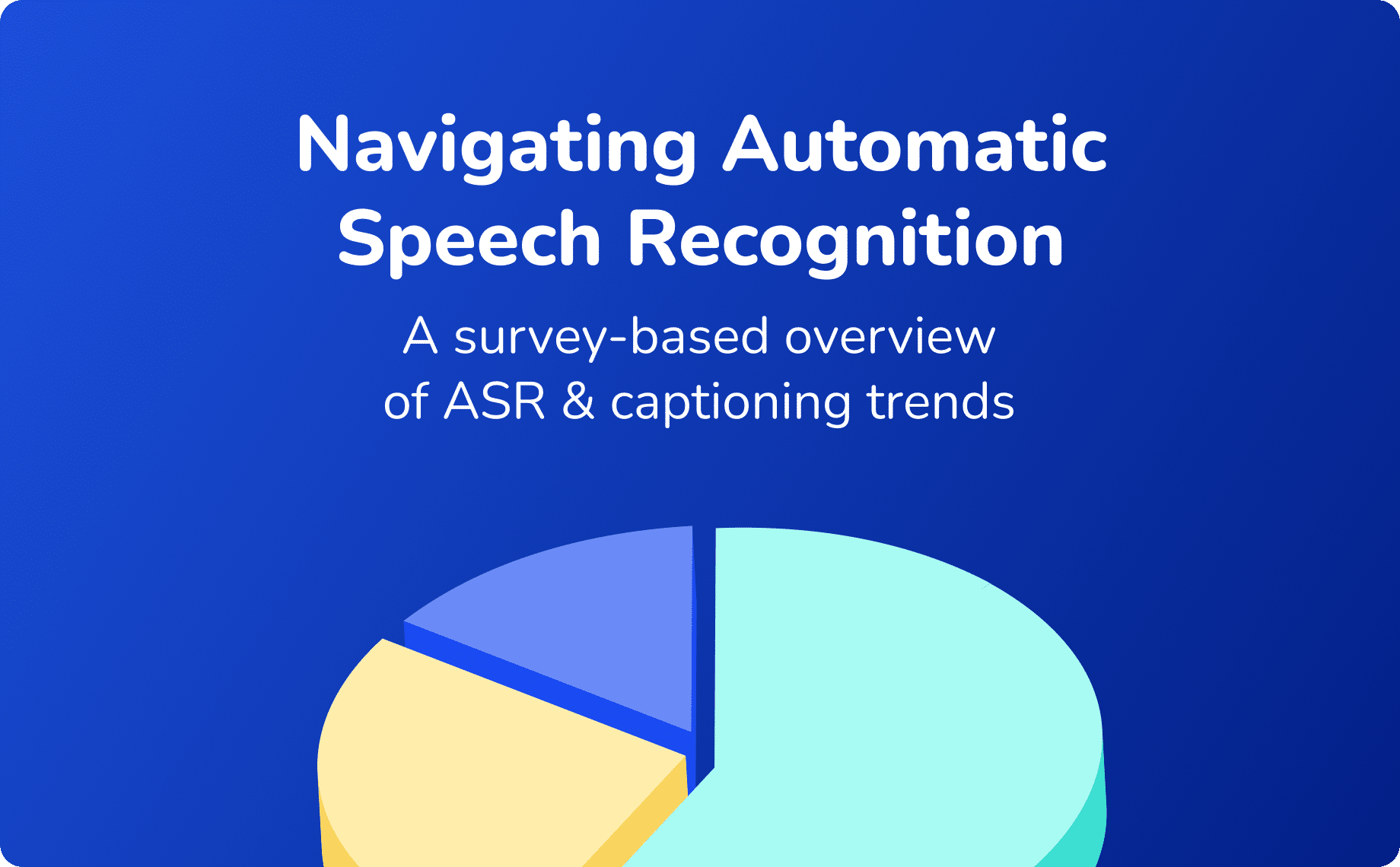Web accessibility lawsuits have been on the rise in the US for years. According to forecasts, 2023 will continue the trend, setting the record for the year with the most ADA website lawsuits, bypassing the previous record from 2022. All in all, plaintiffs filed more than 16,700 state and federal accessibility lawsuits since 2018.
The perpetually rising number of cases begs several questions. Is litigation helping to make websites more accessible? Are promises that automated AI-powered tools will be enough to boost accessibility offering false hope? Will the Department of Justice’s (DOJ) updates to the ADA make a difference? And how can a company avoid these claims?
Here’s a brief assessment of the current situation and predictions for the future of ADA litigation.

Why are Web Accessibility Lawsuits Continuing to Rise?
Web accessibility can be a tricky area for businesses to navigate. The Americans with Disabilities Act (ADA) doesn’t currently give direct information about what steps a company needs to take to ensure their sites are accessible. While that might change soon with updates to the law, currently, there aren’t clear requirements. This lack of concrete information contributes to the high number of claims.
Another contributing factor is the financial motivation for filing ADA lawsuits. For federal cases, plaintiffs can’t collect damages from these claims, but they can recover their attorney fees. Also, in many cases, the plaintiff can recover damages through a state court for the same claim. As a result, some believe that serial plaintiffs and their attorneys view these claims as an easy income stream. After all, it is the same law firms and plaintiffs initiating in many of these cases. For example, in 2021 and 2022, the most prolific plaintiffs filed more than 100 claims each.
Is the High Number of Claims Making Websites Better?
Repeat lawsuits from the same firms and plaintiffs frustrate businesses. Many suspect that these claims are in bad faith. However, the prescribed remedy for ADA violations is litigation. The law basically calls on people to file complaints to enforce the ADA and improve accessibility.
Unfortunately, there is some evidence that the high number of cases isn’t having the desired effect. It’s possible that the high risk of getting sued makes business leaders feel that facing a few lawsuits is inevitable. Some may even decide that paying fines or settlements is less costly than paying for true remedies for their websites.

Will AI-Powered Accessibility Checkers be Enough to Improve Websites?
AI is all the rage, and with no shortage of potential uses for the technology, it’s no surprise that people are looking to employ fully automated web accessibility checkers. The problem is that these AI-powered accessibility checkers aren’t always effective.
In fact, the number of companies that use automated accessibility-checking widgets that faced lawsuits for inaccessible websites increased from 313 to 414 between 2022 and 2023. While part of this could relate to the rising adoption of these tools, it’s also likely that companies are being too complacent when they assign all their accessibility-checking responsibilities to an app or widget. It’s possible that with more guidance on web accessibility, tools and audits could improve and be better equipped to identify potential flaws.
The Role of the DOJ’s Updates to the ADA
The DOJ released proposed updates to the ADA that would finally address web accessibility. While the rules only explicitly apply to Title II of the ADA, which requires state and local governments to be accessible, it has implications for businesses as well.
The new standard in the rule would require that covered entities adhere to WCAG Level 2.1 A/AA. The Web Content Accessibility Guidelines (WCAG) are a set of international standards that many governments incorporate into their legislation. The US is now doing the same. As the DOJ has stated that its definition of “public spaces” includes digital content, it’s arguable that businesses should also follow WCAG 2.1 A/AA. That clear guidance should help companies avoid the unknowns surrounding how to make their websites accessible. With less grey area, it will be easier to comply, but at the same time, courts might be less forgiving of those companies that don’t.
If the rule is enacted in the upcoming months, every business and other organization with a website should be working to bring their content up to standard.

How Can Business Leaders Know Whether their Websites are Accessible?
Eventually, AI may help businesses quickly and easily check their websites for accessibility. Generative AI could make a difference and make these automated checkers more effective. However, currently, these tools aren’t able to provide fool-proof accessibility audits.
Still, AI does have a role in the process. An automated check is a great place to start and can help identify some accessibility issues. After using an accessibility checker, companies should perform a manual audit. The best way to go about this is to hire people with disabilities to review the website and identify potential obstacles.
It’s also important for businesses to perform audits regularly, especially if they update anything on their websites or post new content often. Another must-have is an easy-to-find accessibility statement that allows users to find information about the company’s policy and efforts and that provides contact information for anyone wanting to report an issue with the site. If problems do pop up, learning of the issues and quickly addressing them could prevent the matter from escalating.
Partnering with Accessibility Experts
Enhancing website accessibility is increasingly crucial in today’s digital landscape, not only to protect against lawsuits but also to foster inclusivity. When it comes to making online platforms accessible to individuals with disabilities, forging partnerships with experts in the field should be part of every company’s strategic plan. Verbit supports online accessibility initiatives with tools for captioning, transcription, audio description and more. Reach out to learn how Verbit can help make your business’s online presence more accessible.




